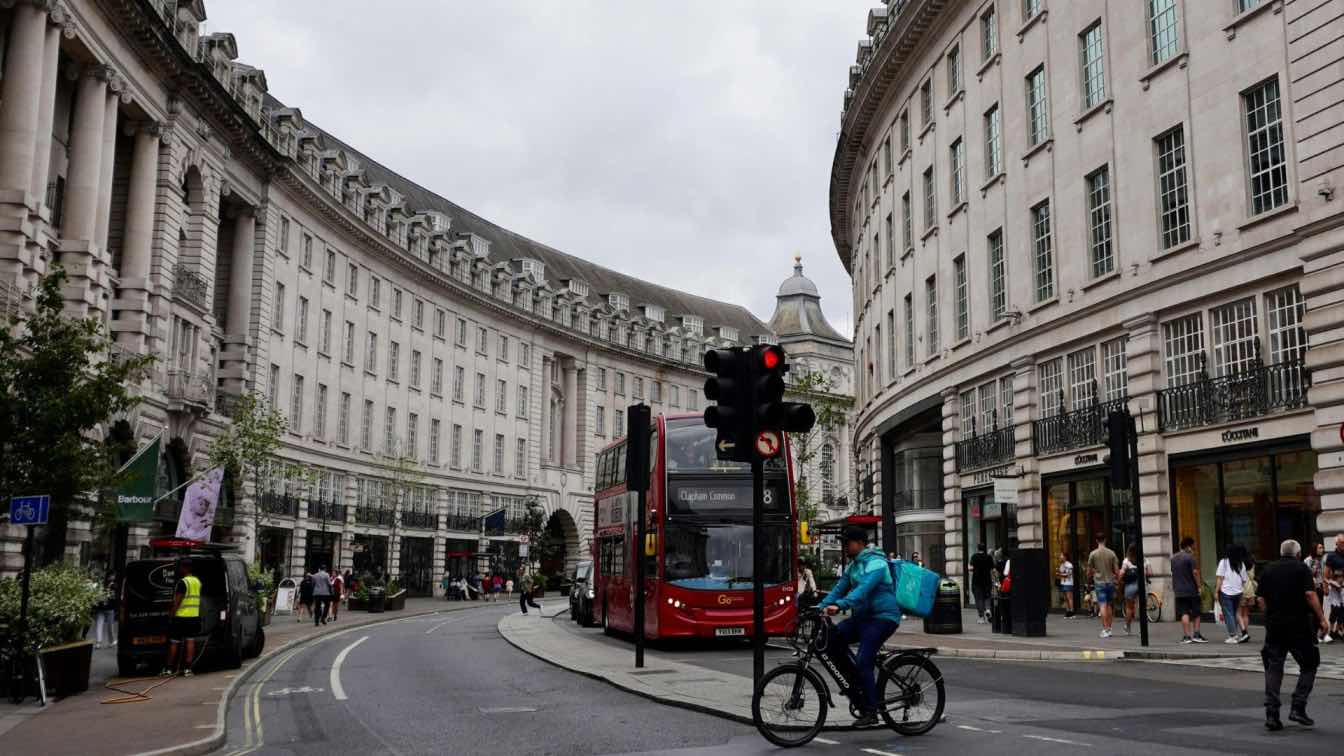When people think of architecture, grand buildings and dramatic skylines usually come to mind. Rarely do we think of the roads beneath our feet or the ones stretching beyond the horizon. Yet, road architecture is one of the most essential and complex elements in modern design. Roads are more than just asphalt ribbons connecting point A to B—they are carefully planned structures that shape our cities, impact our environment, and dictate how we move through space.
Roads as Functional Design
At their core, roads serve a utilitarian purpose. But to dismiss them as purely functional is to overlook the intricacies of their planning. Road architecture must balance traffic flow, environmental impact, aesthetic integration, and long-term durability. This is particularly evident in urban environments where roads must adapt to historical buildings, modern infrastructure, and fluctuating transportation trends.
Civil and architectural engineers often collaborate to align the visual language of roads with their surroundings. For instance, in historic city centres, cobblestone surfaces and narrow lanes are preserved or replicated to maintain visual consistency, while modern safety features are discreetly integrated. The result is a seamless blend of the old and the new.
Curves, Angles, and Elevation: The Geometry of Roads
Geometry plays a crucial role in road design. Curves are not just aesthetic choices—they help reduce driver fatigue and improve sightlines. Engineers use principles of superelevation (banking roads on curves) to maintain vehicle stability and reduce skidding. Bridges, tunnels, and flyovers are not just infrastructural marvels but feats of geometric precision, allowing vertical and horizontal alignment to harmonize with the topography.
Architecturally, roads interact with the landscape, often forming organic lines that accentuate natural features or urban contours. Consider how mountain roads spiral gracefully, hugging terrain in a way that feels both logical and visually compelling.
Material Matters
Modern road construction isn’t just about laying asphalt. The choice of material affects not only longevity but also environmental sustainability and visual impact. Concrete, porous asphalt, recycled plastics, and even permeable pavers are being used to enhance the durability and eco-responsibility of roads.
From an architectural standpoint, material choices can define a space. Warm-toned stone pavers can make a pedestrian road feel inviting, while sleek dark asphalt conveys efficiency and modernity. Designers often factor in local climate, anticipated usage, and surrounding structures when selecting materials—making each road, in effect, a custom piece of infrastructure.
In some cases, these material decisions even influence adjacent sectors. For example, suppliers like Ready Set Supplied provide a wide range of practical equipment and materials used in property preparation and infrastructure work—highlighting how closely architecture and logistics intersect.
Roads as Social Spaces
The concept of “complete streets” is a modern urban design philosophy that embraces roads as multi-functional public spaces. These roads are designed for all users—cars, cyclists, pedestrians, and public transport—ensuring accessibility and safety for everyone. Sidewalks, bike lanes, tree-lined medians, and public art transform roads into social arteries.
Architects and urban planners now work closely to embed these inclusive features into the road fabric. This isn’t just functional planning; it’s architecture that supports community and culture.
Landmark Examples of Road Architecture
Some of the world’s most iconic roads are celebrated as much for their beauty as their engineering. The winding roads of Amalfi Coast, the elevated highways of Tokyo, and the urban interchanges of Dubai showcase how roads can be design statements in their own right.
In these cases, road architecture becomes symbolic—expressing the identity of a region or the ambition of a city. Lighting, signage, landscaping, and even sound barriers are all designed with aesthetics in mind, proving that roads can be as expressive as buildings.
The Future of Road Design
Looking ahead, road architecture is being revolutionized by smart technology. Sensor-embedded roads, solar panel-integrated surfaces, and dynamic traffic systems will change not just how roads work but how they are designed. Architects and engineers are increasingly tasked with imagining roads that respond to real-time data, weather, and user behavior—all while retaining visual harmony with their environment.
Sustainability is also a growing concern. Green road corridors that incorporate bioswales, rain gardens, and native vegetation not only manage stormwater but enhance biodiversity in urban areas. These eco-conscious elements signal a shift from roads as carbon-heavy necessities to integrated, environmentally supportive networks.
Conclusion
The architecture of roads is a vital, though often underappreciated, aspect of the built environment. Whether winding through natural landscapes or weaving through urban jungles, roads represent a convergence of form, function, and foresight. As design philosophies evolve, roads will increasingly reflect our values—not just as routes of travel, but as extensions of the places we live, work, and connect.





